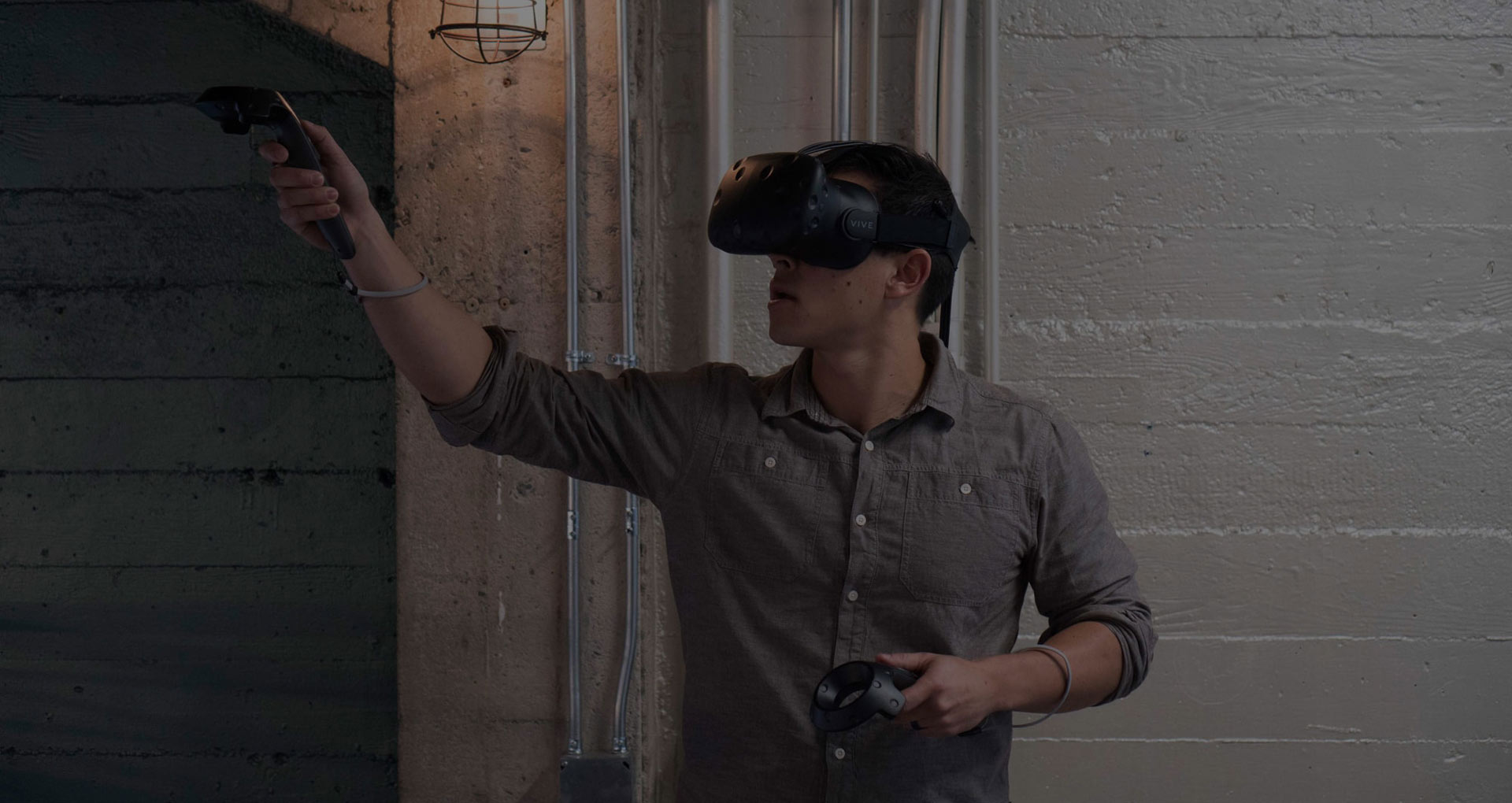It’s our view that augmented reality (AR) is going to be the next big platform. It’s no exaggeration to say that AR will one day replace the mobile phone.
Over the last 4 years, we’ve become experts in the augmented reality development field. It started with a development project for the then Qualcomm Vuforia in 2013. Vuforia was one of the first augmented reality (AR) platforms and has gone on to power over 50,000 apps through it’s massive library that allows it to recognize objects. Qualcomm later spun out Vuforia. Because of this and our increasing involvement in the AR ecosystem, most recently with our selection to be a Snapchat Lens Studio Partner, we’ve sat down and come up with where we think AR is going in the next few years and beyond.
Our theses on AR
Here are some of our major AR theses:
- It’s our view AR is going to be the next big platform.
- We don’t think it’s an exaggeration to say that AR will one day replace the mobile phone. It will likely be a 5-10 year categorical shift.
- The next few years will be focused on industrial augmented reality. By “industrial” we meet headsets that support factory workers, manufacturing companies, and the like. Industrial companies are already using AR headsets by Daqri, Holo Lens, ODG, and Meta Vision to increase productivity and support training & educational purposes.
- Snap and Facebook are uniquely positioned in the near term to take advantage of advancements in AR. Long term, Apple has a major advantage in mass scale AR.
Are we afraid of an AR inundated world?
The most immediate question that I’m asked is, are we afraid of an augmented reality inundated world? Doesn’t this just create an even larger problem where technology is more and more ubiquitous? Our view is that AR actually gives the user the opportunity to engage more with the real world and that mobile actually lives in the middle of AR and virtual reality (VR) in a lot of ways. VR is a fully immersive experience. Mobile is in a lot of ways more “immersive” than AR. We’ve all been out at dinner and seen people that are sitting across from each other, completely lost in their phones, with 0 engagement with the person next to them. In the future with an AR device this actually gives the user a more lightweight interface to interact with technology that doesn’t block the field of view.
The future of AR
We predict augmented reality (AR) will become the next major computing platform in 5-10 years. This timeframe is based on several factors, most notably the current state of computer vision technology.
Computer vision, while promising, needs significant advancements to enable truly useful AR experiences at a large scale. It’s a complex field with far-reaching implications, but its progress is essential for unlocking AR’s potential.
As computer vision improves, so too must data science and computational speed. The vast amount of data collected by cameras and microphones in AR systems will require efficient processing and analysis to deliver meaningful insights and interactions.
In essence, computer vision is poised to revolutionize how computers interact with the world. Traditionally, users manually input data, but with advanced computer vision, devices will autonomously capture and interpret information through visual and auditory sensors, ushering in a new era of computing.
Another challenge for AR adoption is its current reliance on native apps. Download rates for new apps are declining, with most users adding zero apps per month. While Web AR developments like the JavaScript-based AR.js project offer promise, user experience hurdles remain, such as the need for repeated camera permissions.
Snap and Facebook, with their large user bases and AR investments, are well-positioned to bridge this gap. Snap, in particular, has showcased compelling AR experiences on mobile devices.
However, widespread adoption also hinges on device design. Current AR headsets appear overly futuristic and don’t align with modern fashion trends. This presents a significant opportunity for Apple, with its hardware expertise, retail presence, and brand appeal. If Apple can deliver a stylish, functional AR device, it would be difficult for competitors to match its potential reach. Reports suggest Apple is developing a standalone AR headset with a possible 2019 launch.
Near term horizon for AR
Near term, we are seeing a massive influx of demand for industrial AR and VR. This is the desire for companies to use VR for employee training, AR on the factory floor and out on the field. Industrial applications get around a lot of the current AR barriers. They have a very specific use case that doesn’t yet require advanced computer vision, they don’t need to worry about “conversion” because they have a built in audience, and they aren’t trying to make a fashion statement. HBR has a good article on how AR is improving worker performance, and GE put out a piece on how AR is helping factory workers with productivity.
Conclusion
These are all quick views on the future of AR and there could probably be articles written about each of these paragraphs. Overall, we’re extremely bullish on AR and we feel that if companies had known about the smart phone as early as we know about AR becoming the next big platform, they would have taken more steps to invest in the smart phone ecosystem (imagine if Microsoft didn’t miss on this). This point in time gives us the opportunity to invest in both near term and long term AR applications.






